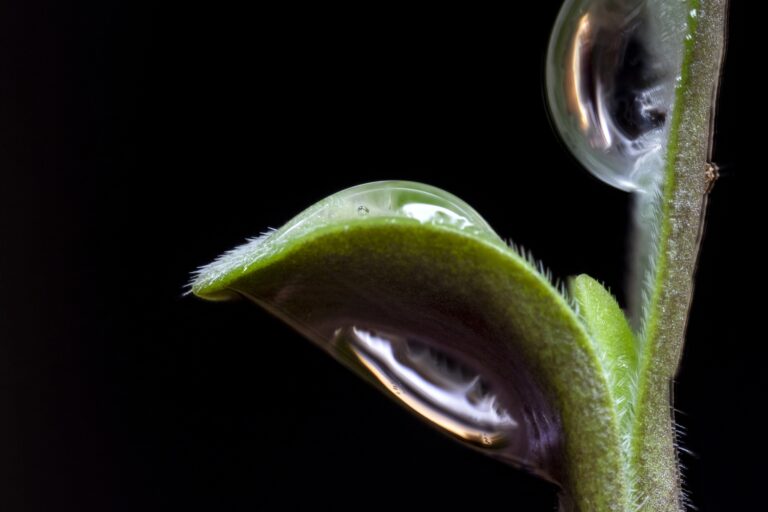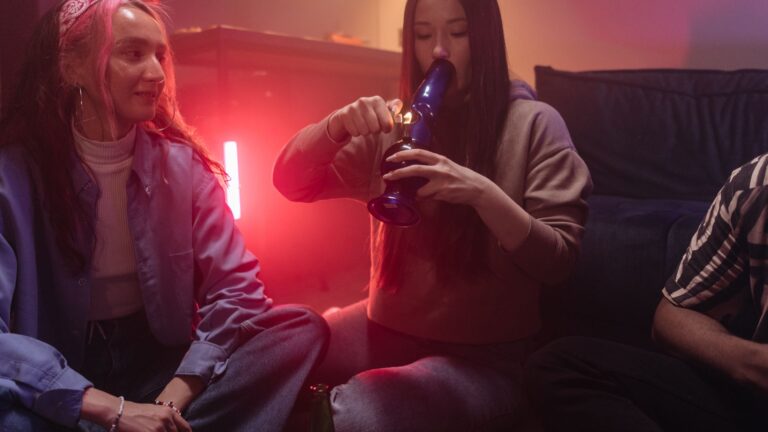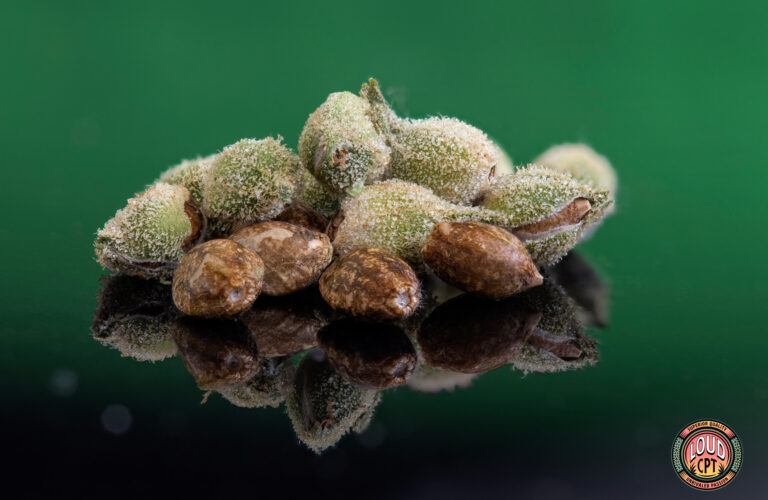5 Mistakes To Avoid When Buying a Bong
Buying a bong is an exciting experience, whether it’s your first or fifth. But how do you know it’s worth the money? The glass market is much like many others, with generic cheap Chinese imports taking a bulk of the market share. On the flip side, glass also has an extremely passionate following, favouring an artisanal approach over mass-produced products. Lying in between are bongs designed by American companies and manufactured in places like China.
Furthermore, as if it weren’t challenging enough to know which glass is reliable, each of these categories of glass comes with its own different designs, materials, and approaches.
In this article, we’ll look at some of the most common mistakes customers make when buying a bong and give some tips of our own when picking up some new glass.
1. Not Looking At Bowl Size
One of the most common problems when buying a bong is not considering the size of the bowl the bong uses. Many assume that all bongs are the same bowl size and that all bowls are interchangeable with all bongs. While 14mm bowls are the standard socket size, this changes depending on each bong design. Smaller bongs sometimes come with a 10mm fitting, though this is more common for rigs. Larger bongs, like those from RooR, may also have a larger 18mm bowl size. Typically, an 18mm bowl will give a bigger hit, as the bowls are typically deeper and wider.
While one can buy bong adapters to help correct this issue, you should note it when buying glass. Especially if you already have a collection of bowls that you want to be able to use with your new piece.
2. Favouring Cheesy Graphics
We’ve all seen the million and two variations of Rick and Morty and Pokemon. And while there is a place for both of those, it’s probably not the best choice for a bong, at least not one you plan to keep around for years. We’ve all been there at some point in our smoking journeys, but as we age, we often see our choice in bong designs growing with us. For this reason, opting for cleaner glass designs can leave you with a piece you don’t feel embarrassed about a few years later.
That doesn’t mean you need to have what some consider boring glass. Colourful pieces can bring much life to your smoke sessions; they can still attract attention but have better longevity that won’t age like pop culture references tend to.
This all comes down to personal preference, but if you’ve been eyeing that Rick and Morty piece, maybe sleep on it a bit. Ultimately, we wouldn’t want to discourage anyone from buying a product they like, but consider it first as a good bong can last you for an infinite amount of time when properly taken care of.
3. Thinking All Glass Is The Same
Believe it or not, all glass is not the same. While terms like borosilicate can tell you about the type of glass used, different purities affect the piece. How the bong is made, and its subsequent durability and function vary.
Low-Tier Glass
Low-tier glass is the type you’ll find at most stores in South Africa; they are mass-produced in China by factory workers who, in most cases, have never smoked weed. This type of bong is often branded with pop culture imagery or unique designs. Still, the biggest problem with this glass tier is that the purity of borosilicate (assuming you’re getting borosilicate) is often lower quality. Additionally, because non-smokers are designing them, they often lack the function that makes for a good smoke. Low-tier glass is mass-produced with little to no attention given to quality control.
The benefit of this type of glass is that they are extremely affordable. However, it’s important to note that some retailers will put a large markup on these unbranded pieces to make them seem more premium than they are.
Middle-Tier Glass
Mid-tier glass is typically designed by smokers, often in Europe or America – and then often outsourced to Chinese labor. Examples of mid-tier glass are companies like Alien Flower Monkey. These brands often work with the glass manufacturer in the R&D phase, ensuring that the design emulates the company’s vision and provides a good smoking experience. This tier often uses better borosilicate to create more durable glass pieces. The bongs in this tier are
Additionally, you can expect better craftsmanship and durability. In this tier, you’ll also see coloured glass being used instead of graphics that can wash off with isopropyl.
Premium Glass
Premium glass lies between mid-tier and heady. It lacks the artistic expression found in heady glass but instead focuses on high-quality borosilicate that is purer and more durable than the glass found in mid- and low-tiers. A good example of a premium glass manufacturer is RooR. Glass in this tier is not typically outsourced to China and is made in Europe or America. Premium glass can become quite expensive, particularly if you’re after a thick wall. These pieces are manufactured in lower numbers than lower tiers of glass and, depending on the range, can be pretty extravagant.
You’ll notice that in this price range, there are fewer visible defects in the glass, in most cases exhibiting near-perfect glasswork.
Heady Glass
Heady glass is a term that is sometimes used synonymously with premium glass, but we believe there are some distinctions to be made. While heady glass can be extremely high quality, it varies between each artist. Unlike the prior tiers, heady glass is not mass manufactured and in many cases is focused on creating unique, one-of-a-kind pieces.
Heady glass is an artisanal approach to glass that blends smoking with art. In most cases, glass blowers work individually or in small teams to handcraft fascinating and sometimes otherwordly designs that can only be poorly emulated by mass-manufactured glass.
This type of bong is typically expensive, as it can take dozens or even hundreds of hours to complete a single piece. Because each artist sources their own glass, it’s essential to opt for glass blowers who are trustworthy and well-respected.
4. Not Picking The Right-Sized Piece
Bigger isn’t always better. Bongs are a bit like cooking knives; they may all share similarities, but different designs excel at different tasks. Bongs used for travel should either have thick walls or be durable, compact, and easy to carry. Some choose cheaper, low-tier glass for dedicated travel bongs, while others may opt for rubber or acrylic alternatives without worrying about breaking. Very large bongs are great for showing off to your friends or bringing out at communal seshes but are typically less effective as daily drivers—the most common sizes for your everyday bong range from 18cm to 45cm.
You should consider your storage space and how you intend to use your bong. For travel, go for a small option; as a daily driver, go for something that can easily be stored but can still provide a great smoke. Finally, for more novel situations, the sky is the limit.
5. Not Understanding Percolators
Percolators (or Percs for short) are a built-in chamber system within a bong that aims to disperse smoke differently. The idea is that it can further purify and cool down the smoke before it reaches your lungs. A well-designed percolator system created by knowledgeable glass blowers can be effective. Unfortunately, most Chinese bongs have percolators that are ineffective and badly designed. In these cases the perc system is more of a showpiece rather than a functional improvement to the piece.
Be wary of bongs with excessively flashy perc systems. In addition, be aware of the complexities of cleaning some perc systems. Percolators are best used when paired with an ash catcher to reduce the amount of ash entering the perc. Too much ash in the perc can cause blockages that are tough to remove, even with isopropyl soaks.







